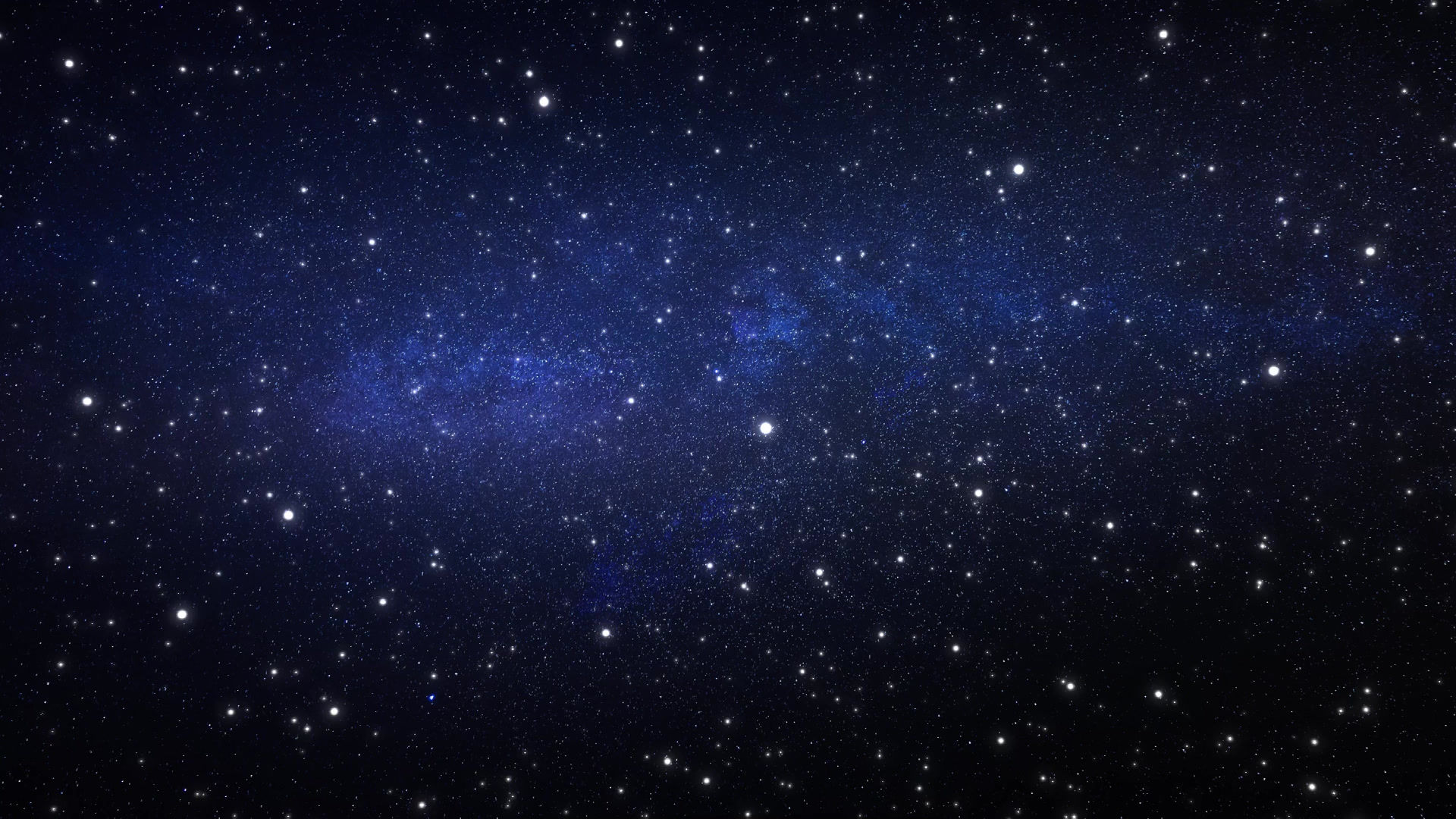

About Matariki
MANY PEOPLE GATHER FOR MATARIKI
The rise of Matariki in the winter skies above Aotearoa New Zealand is an important time in the Māori calendar, as it signifies the start of the Māori new year.
For Māori, astronomy was interwoven into all facets of life. Experts would observe the night sky, charting star and planet movements, the relationship of the stars and planets to the moon and sun, while also noting what was happening on the whenua (land) and in the moana (ocean), lakes and awa (rivers). All of these celestial star beings were attributed qualities and named accordingly, and their stories were woven into the history of the people.
Māori believe that appearance of Matariki in the morning sky in mid-winter marks the Māori New Year or Te Mātahi o te Tau. Matariki is the star cluster that is more commonly known as Pleiades or M45.
The arrival of Matariki is a sign for people to gather, to honour the dead, celebrate the present and plan for the future. Hence the phrase ‘Matariki hunga nui’ many people gather for Matariki.
Traditionally, the re-appearance of Matariki in the morning sky during mid-winter coincided with a traditional ceremony called ‘whāngai i te hautapu.’ The first part of this ceremony was dedicated to remembrance, honouring those who had died since the last rising of Matariki.
Following on from the formal ‘whāngai i te hautapu’ ceremony, Matariki was a period of celebration and festivities. Communities and whānau would gather together to give thanks for all the blessings of the past year, celebrate the present and to reconnect with each other.
Mid-winter was a time of rest and relaxation for Māori at the end of the busy harvest season. Food and feasting was a central element in Matariki, and people came together to share the fruits of the harvest.
The third part was looking to the future, where communities and whānau would plan for the impending season. Communities and whānau discussed at length their hopes and desires, concerns and fears and decided on their approach to various activities in the new year.
It was a time of learning, sharing, discussion and decision making. One of the key points of discussion during Matariki was the environment, especially the health of the environment. Māori understood that their lives depended on them maintaining a strong connection to the physical world and caring for nature.
Since June 2000 Ngāti Kahungunu Iwi Inc has been celebrating Matariki across our rohe region from Wairoa to Wairarapa. With the start of a new public holiday for Matariki on 24 June 2022, it’s a great time for us to revive these traditions within a modern context that’s inclusive of all New Zealanders.